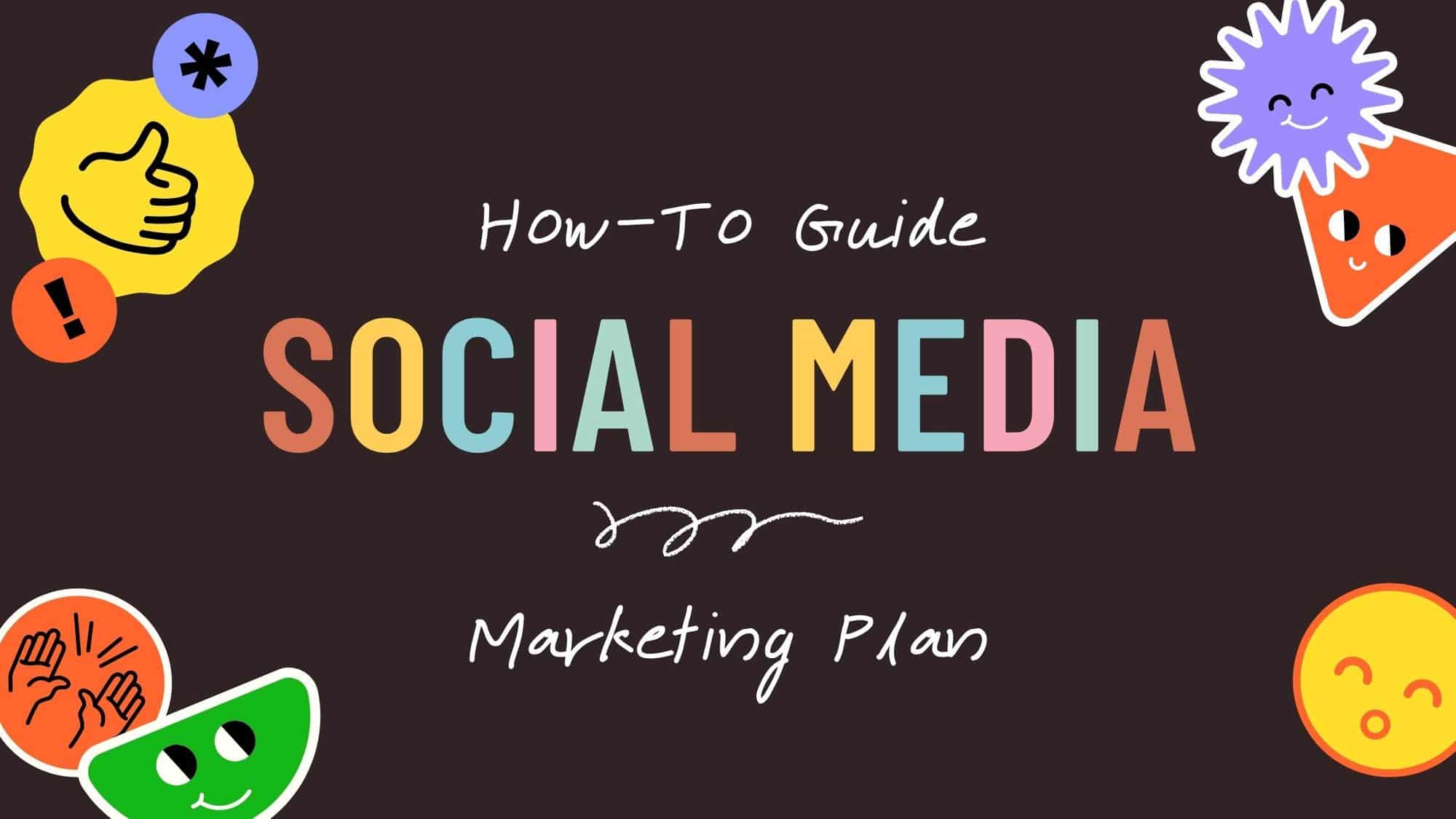Crafting a Winning Social Media Content Strategy: A Comprehensive Guide
Introduction
In an era where social media shapes perceptions and drives consumer behavior, businesses must innovate to connect with audiences. Crafting a winning social media content strategy requires creativity, planning, adaptability, and continuous engagement. Leveraging augmented reality (AR) filters on Instagram, for example, can create immersive brand experiences. This guide provides a step-by-step plan to create a strategy that resonates with your audience and drives tangible results.
1. Align Goals and Objectives
Why Set Goals?
Setting S.M.A.R.T. goals guides content creation and ensures alignment with overall marketing objectives. A goal to increase engagement by 20% in three months might lead to interactive polls or live Q&A sessions. For a fitness brand, this could mean hosting weekly live workout sessions, engaging followers in real-time.
Aligning with Business Objectives
Ensure alignment with broader business objectives. If brand awareness is the aim, consider launching a viral hashtag challenge on TikTok that encourages user participation. A fashion brand might create a #FashionForward challenge, encouraging users to showcase unique style statements.
2. Understand Your Audience
Research and Insights
Understanding your audience is paramount. Using AI-driven analytics tools can provide deep insights into audience behavior, helping tailor content. For a tech company, this might involve analyzing user interaction with different product features and highlighting them in social content.
Creating Personas
Developing audience personas helps tailor content. Creating a “Fitness Enthusiast” persona might lead to workout tutorials or healthy recipe videos. A persona for “Busy Parents” could lead to content around quick and nutritious meals.
3. Choose the Right Platforms
Platform Selection
Select platforms that align with your audience. For a tech-savvy audience, consider platforms like Discord or Clubhouse, where you can host interactive tech talks. A gaming company might host weekly discussions with developers, providing insights into the game creation process.
Consistency Across Platforms
Maintain consistency across platforms. Using a visual theme that reflects your brand’s colors and aesthetics creates a cohesive brand image. A travel agency might use oceanic colors across platforms to evoke a sense of adventure and exploration.
4. Plan and Organize Content
Content Calendar Creation
A content calendar organizes posts. Planning a “Wellness Wednesday” series ensures consistent weekly content that followers can anticipate. A healthcare brand might share weekly wellness tips, ranging from mental health to nutritional advice.
Content Variety
Balance content types. Implementing a “Flashback Friday” series with historical content can add a nostalgic touch. A sports brand might share iconic moments from sports history, engaging fans with memorable highlights.
5. Foster Community Engagement
Building Community
Foster community by encouraging user-generated content. Hosting a photo contest with a branded hashtag can increase engagement and brand visibility. A photography brand might host a #CaptureBeauty contest, encouraging users to share beautiful moments captured with their products.
Automation and Personal Touch
While automation streamlines posting, personal touch matters. Using chatbots for initial inquiries but ensuring human interaction for personalized responses can enhance customer service. A retail brand might use chatbots for tracking orders but have human customer service for personalized shopping assistance.
6. Analyze and Adapt
Monitoring Performance
Regularly review performance. Using heat maps to understand where users spend the most time on your posts can inform future content design. An e-commerce site might analyze which products get the most attention and create social content highlighting those products.
Continuous Optimization
Continuously optimize and adapt. Leveraging trending memes or pop culture references keeps content fresh and relatable. A beverage company might create content around popular TV shows, connecting their products with favorite characters or scenes.
7. Utilize Tools and Templates
Tools for Planning
Consider tools like Google Sheets or Buffer for planning. Integrating AI-powered content suggestions can enhance creativity. A publishing house might use AI to analyze reading trends and create content around popular genres or authors.
Templates and Resources
Utilize templates and resources. Using design templates that align with seasonal themes can create visually appealing posts without extensive design skills. A home decor brand might use autumn-themed templates to showcase seasonal products.
8. Collaborate and Partner
Influencer Collaborations
Collaborate with influencers that align with your brand. A beauty brand might partner with makeup artists on YouTube for tutorials using their products, reaching a wider audience.
Cross-Brand Partnerships
Consider partnerships with complementary brands. A coffee brand might collaborate with a book store for a “Books and Brews” campaign, creating a synergy that appeals to both audiences.
9. Respond to Trends and Crises
Trend Responsiveness
Being responsive to trends keeps content relevant. A restaurant might create content around veganism during “Veganuary,” appealing to a growing dietary trend.
Crisis Management
Have a plan for responding to crises. A product recall, for example, requires timely and transparent communication on social platforms to maintain trust.
Conclusion
A successful social media content strategy is a continuous journey of planning, creativity, engagement, analysis, and adaptation. By following this comprehensive guide, filled with innovative examples, you can create a strategy that resonates, builds community, and drives tangible results. Whether it’s leveraging AR, AI analytics, chatbots, or seasonal design templates, innovation is key to standing out in the ever-changing landscape of social media marketing. This guide serves as a roadmap to success, providing actionable insights and creative examples to inspire your social media journey.







